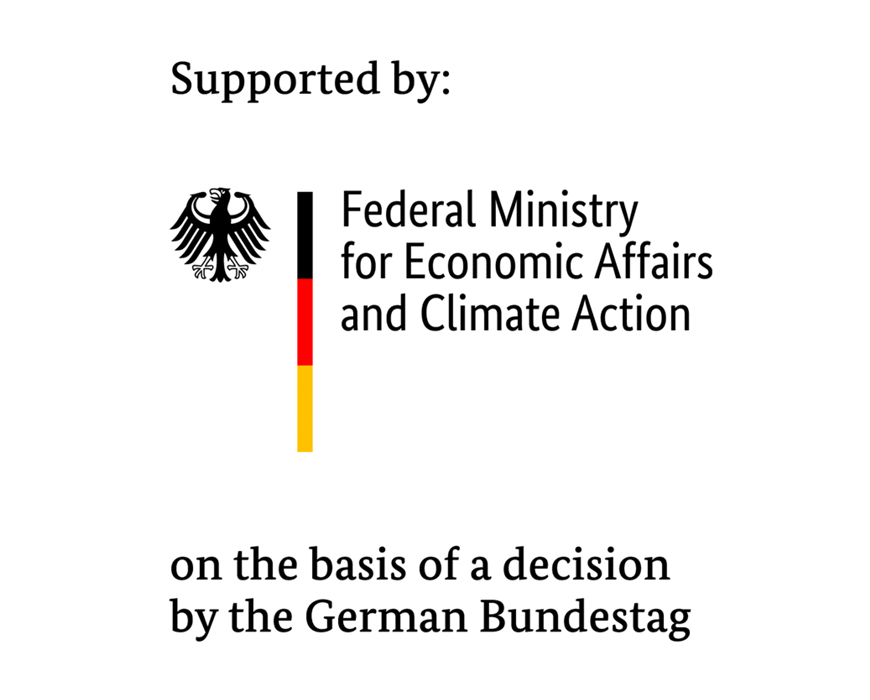| Partner: |
Fraunhofer IFAM, PD Group, Sinoi, BIK, EEW Protec, Faserinstitut Bremen, Siemens AG, Siemens Industry Software, EMG, fibretech composites, Schmalz, Henkel, 2KM, BASF, Hexion |
| Funding: |
German Federal Ministry for Economic Affairs and Energy |
| Duration: |
01.10.2012 - 30.03.2018 |
Rotor blades are still made almost completely by hand. In the “BladeMaker“ project, Fraunhofer IWES scientists, industrial and research partners are searching for automation solutions in order to make the manufacture of rotor blades more cost effective, quicker and with a higher quality.
Rotor blades account for about one quarter of the total cost of a wind energy turbine, a fact which results from the high proportion of manual labour involved. Significant costreductions can be achieved through changing from small series production to large scale industrial production. For this reason, the main focus of the joint project “BladeMaker“, with a total of 16 partners and coordinated by the Fraunhofer IWES, is the complete manufacturing chain for rotor blade production.
The project’s target is to reduce production costs by well over 10 per cent and for the long term, to set up a “BladeMaker Demo-Centre” which will be a national and international centre for the research and development of rotor blade production. In order to achieve this ambitious target rotor blade design, materials and manufacturing processes will be taken into consideration. Florian Sayer of the Fraunhofer IWES explains: ”In international competition rotor blade producers are under great cost pressures which we will tackle with automation.”
The researchers at the Fraunhofer Institute will first of all analyze all of the work procedures and technologies of rotor blade production and assess automation potentials. Then, any promising automated manufacturing processes will be investigated and simulated. Finally, at the end of the five year project demonstrators will be created for the respective process steps and the “BladeMaker Blade” will be designed, optimized for automated production. “The BladeMaker design provides an insight into what can be achieved in automation,” explains Sayer about the project. The project is funded with EUR 8 million by the German Federal Ministry for Economic Affairs and Energy.
Background rotor blade production:
The state of the art in rotor blade production is the so called vacuum infusion process. For this purpose, two moulds or blade halves are reinforced with fibre-glass or carbonfibre matting. This work step is undertaken almost completely manually. Then a vacuum is generated and a resin injected bonds the mats. After hardening, the two halves are pieced together to form one blade and then varnished.
